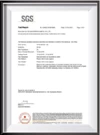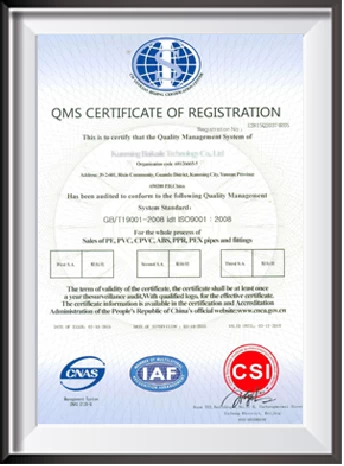The fourth industrial revolution hope and dangerous
The Fourth Industrial Revolution By Klaus Schwab, World Economic Forum, 6.99/ $9.99
The World Economic Forum does a remarkable job of forging the conventional wisdom among the global elite. The trouble is that conventional wisdom is invariably wrong. So what are we to make of the theme of this week’s gathering in Davos: the arrival of the fourth industrial revolution? Peak Tech?
The book, written by Klaus Schwab, WEF’s founder and published just ahead of the organisation’s annual meeting atop a Swiss mountain, slaloms through the new technologies of artificial intelligence, robotics, the internet of things, autonomous vehicles, 3D printing, the blockchain, biotechnology and so on. The argument is that the confluence of these technologies amounts to the fourth industrial revolution of the book’s title.
In case you are wondering, Schwab defines the first three as: the transport and mechanical production revolution of the late 18th century; the mass production revolution of the late 19th century, and the computer revolution of the 1960s.
He accepts that some people might consider the fourth revolution just an extension of the third but argues that the scale, speed and impact of the latest technologies mean they deserve a revolution of their own. “The changes are so profound that, from the perspective of human history, there has never been a time of greater promise or potential peril,” he asserts.
Schwab spells out some of those perils: the unequal division of the spoils of technological advances and the threat of mass unemployment; the erosion of global governance; the potential abuse of robotics, genetic engineering and cyber weapons; the disruption of many established businesses.
New technologies are hitting both the supply and the demand side of business, meaning it is often far better to own a platform that brings consumers together than the underlying asset. Citing an article on the TechCrunch website, he notes that Uber, the world’s largest taxi company, owns no vehicles; Facebook, the most popular media owner, creates no content; Alibaba, the most valuable retailer, has no inventory; and Airbnb, the largest accommodation provider, owns no property.
In the face of such creative destruction, he notes, the average lifespan of a corporation listed on the S&P index has already dropped from about 60 years to 18. Established companies must rapidly embrace the fourth industrial revolution if they are not to be destroyed by it. “In short, they have to innovate continuously,” he writes, urging companies to move from command-and-control structures to more collaborative teamwork.
As you would expect, though, the global elite’s cheerleaders suggest that promise will ultimately triumph over peril. The fourth industrial revolution is empowering the economically excluded of the world by giving them access to digital networks, increasing the efficiency of organisations, accelerating the development of personalised drugs and — perhaps — providing a technological solution to climate change.
The book’s conclusion follows the classic WEF formula: problems can be solved so long as all reasonable stakeholders pull together in the “spirit of Davos”. Schwab suggests that the fourth industrial revolution has the potential to “robotise humanity”; but, if shaped in a responsive and responsible way, could also catalyse a new cultural renaissance and a true global civilisation, lifting “humanity into a new collective and moral consciousness based on a shared sense of destiny”.
The book is useful inflight reading matter for chief executives on their way to Davos. But, despite its release on Amazon, one might question its appeal to a broader readership. It is written in a strangely antiseptic Globish, full of paradigm shifts and multi-stakeholder co-operation.
It is also, as Schwab admits, something of a rush job, amassing ideas culled from his many meetings with Davos luminaries (carefully noted in the acknowledgments). He tells us that is a “crowdsourced book, the product of the collected enlightened wisdom of the Forum’s activities”. Yet it also bears the heavy imprint of Schwab himself, who has presided over Davos since 1971. The word “I” appears 75 times in the text.



















